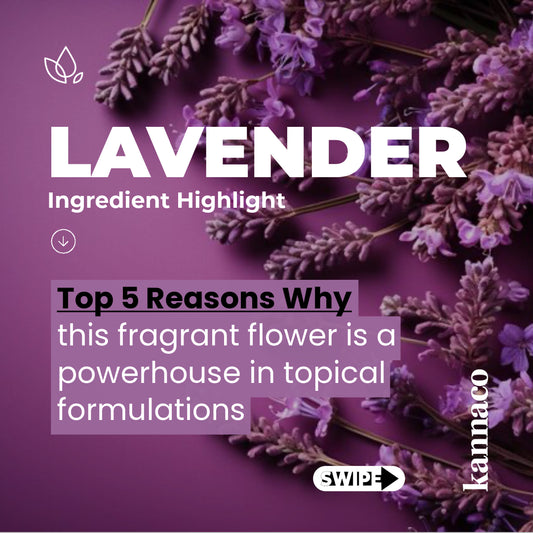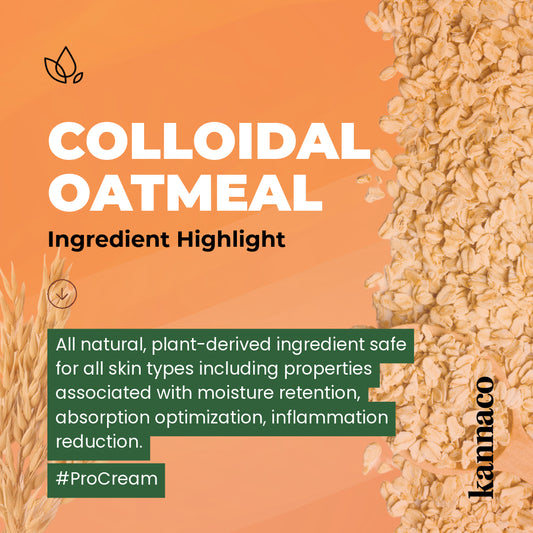Related Articles
What is CBG?
Like CBD, CBG (cannabigerol) is also a non-psychoactive and non-intoxicating cannabinoid. CBG may be less known compared to other cannabinoids like CBD and THC, but CBG has a vital role in the development of CBD and other cannabinoids.
Because CBG plays a vital role in the development of other cannabinoids, it is also referred to as the “mother cannabinoid.” Specifically, this is because CBG is the first cannabinoid synthesized in hemp which then converts into other plant-based cannabinoids.
CBG starts with a 2-carboxylic acid form which is also known as the cannabigerol acid (CBGA). When the hemp matures, this compound will convert into three other compounds: CBDA (cannabidiolic acid), THCA (tetrahydrocannabinolic acid), and CBCA (cannabichromene acid). All in all, you will have CBDA, THCA, CBCA, and CBGA. Once the hemp enters the decarboxylation process, the compounds will drop their carboxylic acid, leaving them as CBD, THC, CBC, and CBG – cannabinoids as we know them.
So far, there is limited research regarding CBG – relatively less than that compared to CBD. Like CBD, CBG interacts with the endocannabinoid system’s receptors. But unlike CBD, CBG can attach to both CB1 and CB2 receptors.
Where Does CBG Come From?
As a cannabinoid, CBG comes and is extracted from the hemp or cannabis plant, just like CBD and THC. Just like other cannabinoids, CBG is extracted by either using a variety of techniques, including CO2 or ethanol.
Once extracted, its oil will be distilled with steam to remove any plant matters and other impurities that may come from it. Once it is distilled, the result is its distillate, the purest form of CBG. Then, depending on the manufacturer, CBG would be then used in making a wide variety of products, which is the final product.
Because CBG plays a vital role in the development of other cannabinoids, it is also referred to as the “mother cannabinoid.” Specifically, this is because CBG is the first cannabinoid synthesized in hemp which then converts into other plant-based cannabinoids.
CBG starts with a 2-carboxylic acid form which is also known as the cannabigerol acid (CBGA). When the hemp matures, this compound will convert into three other compounds: CBDA (cannabidiolic acid), THCA (tetrahydrocannabinolic acid), and CBCA (cannabichromene acid). All in all, you will have CBDA, THCA, CBCA, and CBGA. Once the hemp enters the decarboxylation process, the compounds will drop their carboxylic acid, leaving them as CBD, THC, CBC, and CBG – cannabinoids as we know them.
So far, there is limited research regarding CBG – relatively less than that compared to CBD. Like CBD, CBG interacts with the endocannabinoid system’s receptors. But unlike CBD, CBG can attach to both CB1 and CB2 receptors.
Where Does CBG Come From?
As a cannabinoid, CBG comes and is extracted from the hemp or cannabis plant, just like CBD and THC. Just like other cannabinoids, CBG is extracted by either using a variety of techniques, including CO2 or ethanol.
Once extracted, its oil will be distilled with steam to remove any plant matters and other impurities that may come from it. Once it is distilled, the result is its distillate, the purest form of CBG. Then, depending on the manufacturer, CBG would be then used in making a wide variety of products, which is the final product.
Comments
Leave a comment
Your Email Address Will Not Be Published. Required Fields Are Marked *










No comments